Staying Fit


The arrival of television into our homes forever changed the way we see, inform and express ourselves. Television became not just a reflection of society, but a tool for change. In Spanish-language TV programming, one genre stands out as the quintessential mode of expression: the popular soap opera format known as the telenovela.
The small screen proved to be the ideal medium for breathing new life into the already popular radio soap operas and the romance novels serialized in print magazines.


AARP Membership— $12 for your first year when you sign up for Automatic Renewal
Get instant access to members-only products and hundreds of discounts, a free second membership, and a subscription to AARP the Magazine.
Indeed, since they first appeared on television in the 1950s, Latin America’s passion for telenovelas has transcended social classes, countries of origin and the passage of time. The genre is an international phenomenon, as well as a reflection of Latin Americans’ understanding of the world, sense of humor, tragic fatalism and conviction that love has the power to save us all.
But telenovelas are much more than entertainment value and classic romantic entanglements. They have explored social issues (such as the inequalities between rich and poor) and taboos (such as abortion). They have given voice to popular sentiment in times of political upheaval. And they have explored a shared history, allowing Latin Americans to see parallels with the current reality. Collectively, these factors have helped make telenovelas the most successful genre in the history of Spanish-language television.
The format also became the economic lifeblood of an entire industry of scriptwriters, actors, stylists, designers, directors and many others in virtually every country in Latin America and the Caribbean, with Mexico a leading market for telenovela viewership, production and export.
A recent development has been the production of Spanish-language telenovelas in the United States, with storylines focused on Latinos’ lives in this country. But unlike English-language soap operas in the United States, which can run for years, telenovelas have a narrative cycle with a clear beginning and end, more akin to a series.
The genre, which also boasts many hit theme songs performed by musical superstars, has continued to evolve and become more sophisticated and nuanced over time, although the core elements of romance, and the battle between good and evil, are always present. No matter the misfortunes of its main characters, redemption is never far away.
The success and popularity of telenovelas have spread around the world and inspired adaptations in other cultures and languages, which in turn are dubbed for Spanish-speaking viewers.
Here are 15 popular, successful, and groundbreaking telenovelas.
1. ‘El derecho de nacer’ (‘The Right to be Born’)
Before television, radio dramas captured the public’s imagination with stories of impossible love. In April 1948 in Cuba, writer Félix B. Caignet debuted the first of 314 episodes of El derecho de nacer, a saga about an aristocratic family in Santiago de Cuba in the early 1900s. This radio series touched on issues ranging from racial castes and social status to murder, love and forgiveness. Its remarkable success inspired a Mexican film in 1952 and the famous 1981 telenovela starring Verónica Castro in the role of María Elena del Junco.
2. ‘Papá corazón’ (‘A Father’s Heart’)
Produced in Argentina in 1973 with scripts by the prolific Abel Santa Cruz, Papá corazón found in Andrea del Boca the perfect child actor to play the archetypical role of a young orphan girl who has long conversations with her mother’s ghost. Norberto Suárez starred as the loving father who searches for a bride so that his daughter can have a happy family life. The 1974 Mexican adaptation, Mundo de juguete, was even more popular, with more than 600 episodes and a theme song by Armando Manzanero.






























































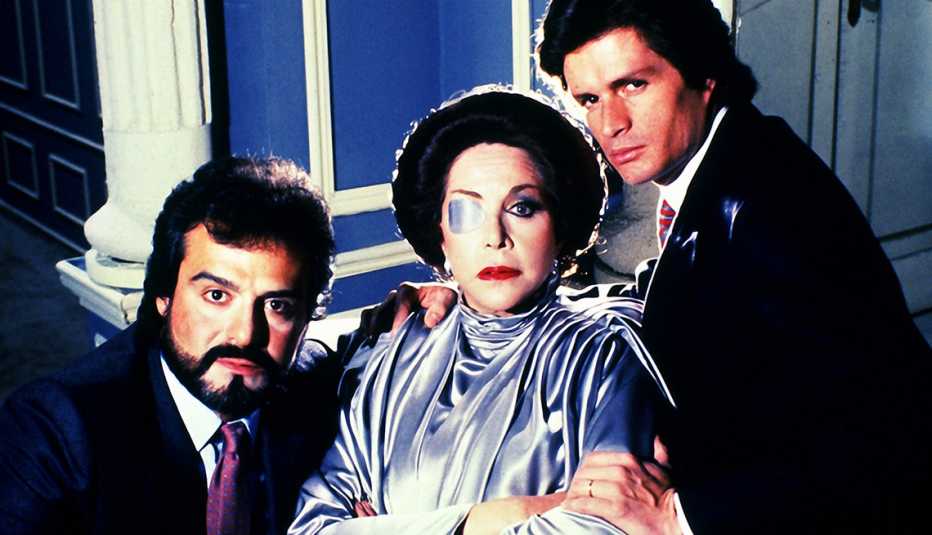
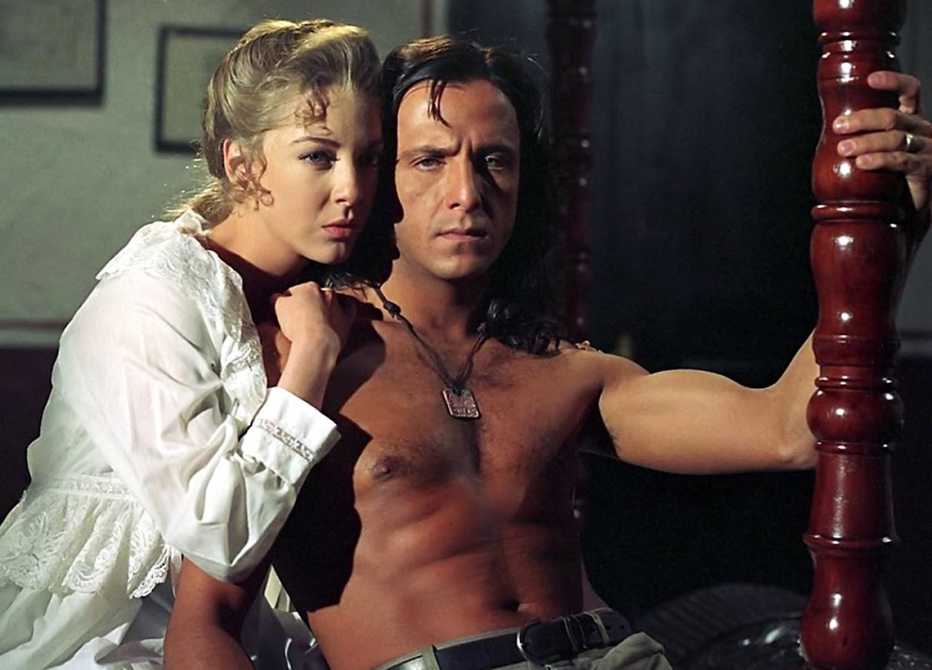

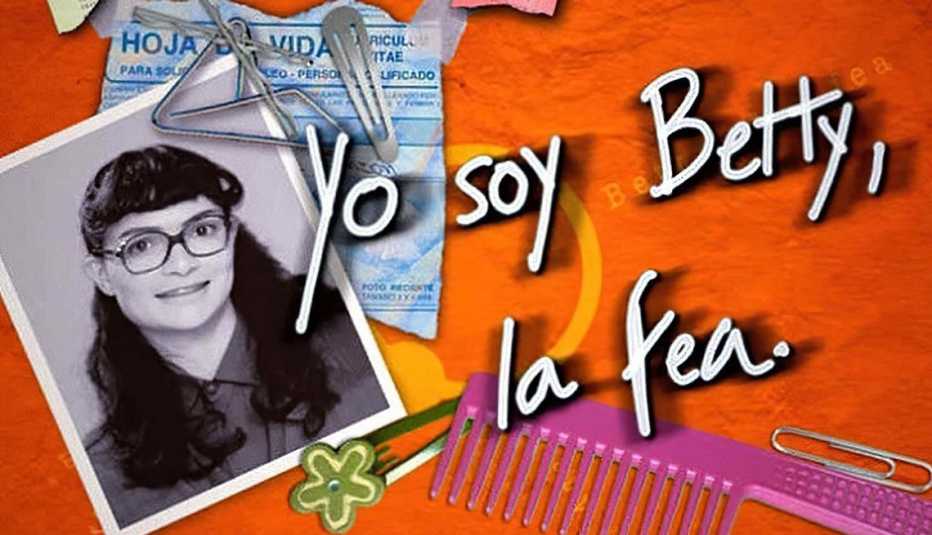





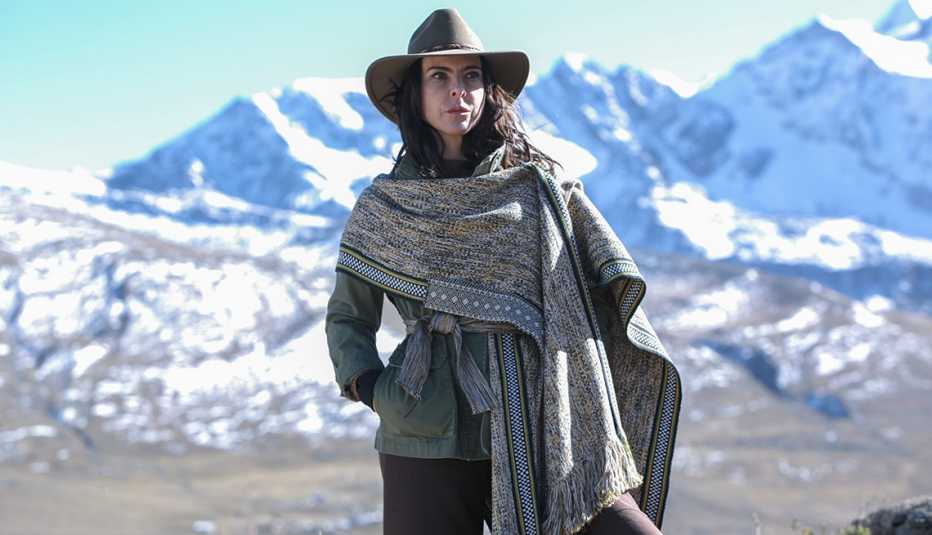

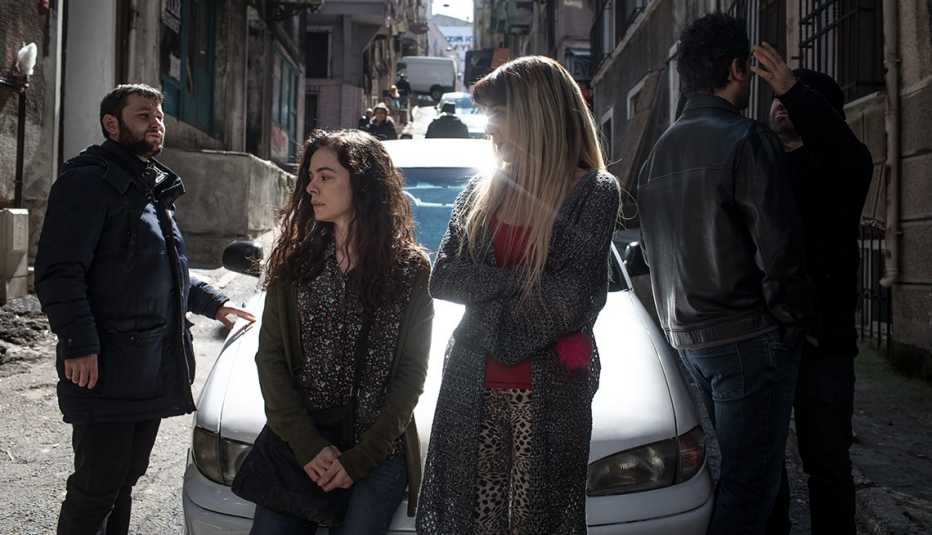






More From AARP
15 History-Making Latinos at the Emmys
From Ricardo Montalbán, Rita Moreno to Pedro Pascal, Latinos are leaving their mark on U.S. television
10 Shows That Changed Our Lives
AARP critic Tim Appelo shares his picks of those that have altered how we think, live and hope
28 Noteworthy Movies About the Hispanic American Experience
These films offer a look at how Latinos have enriched U.S. culture and historyRecommended for You